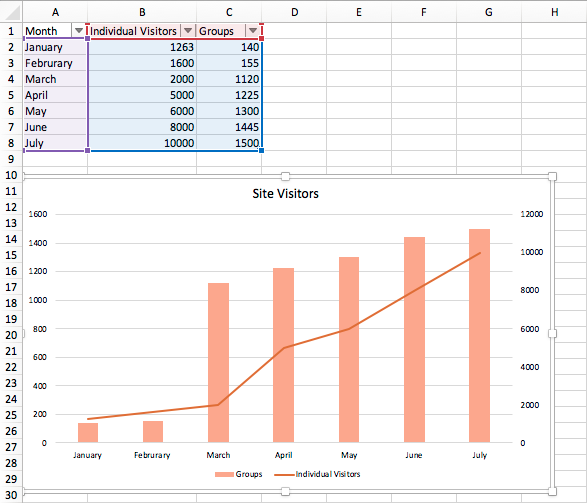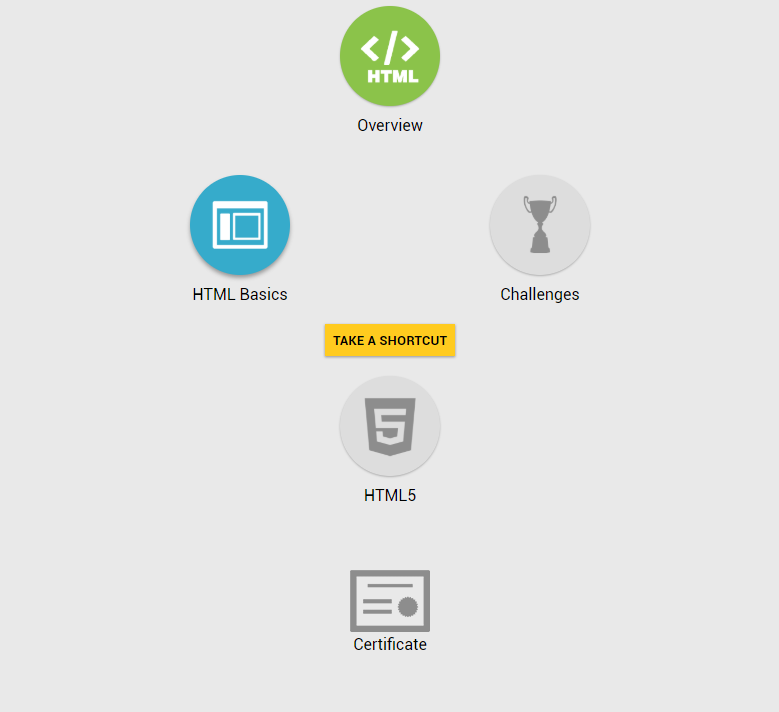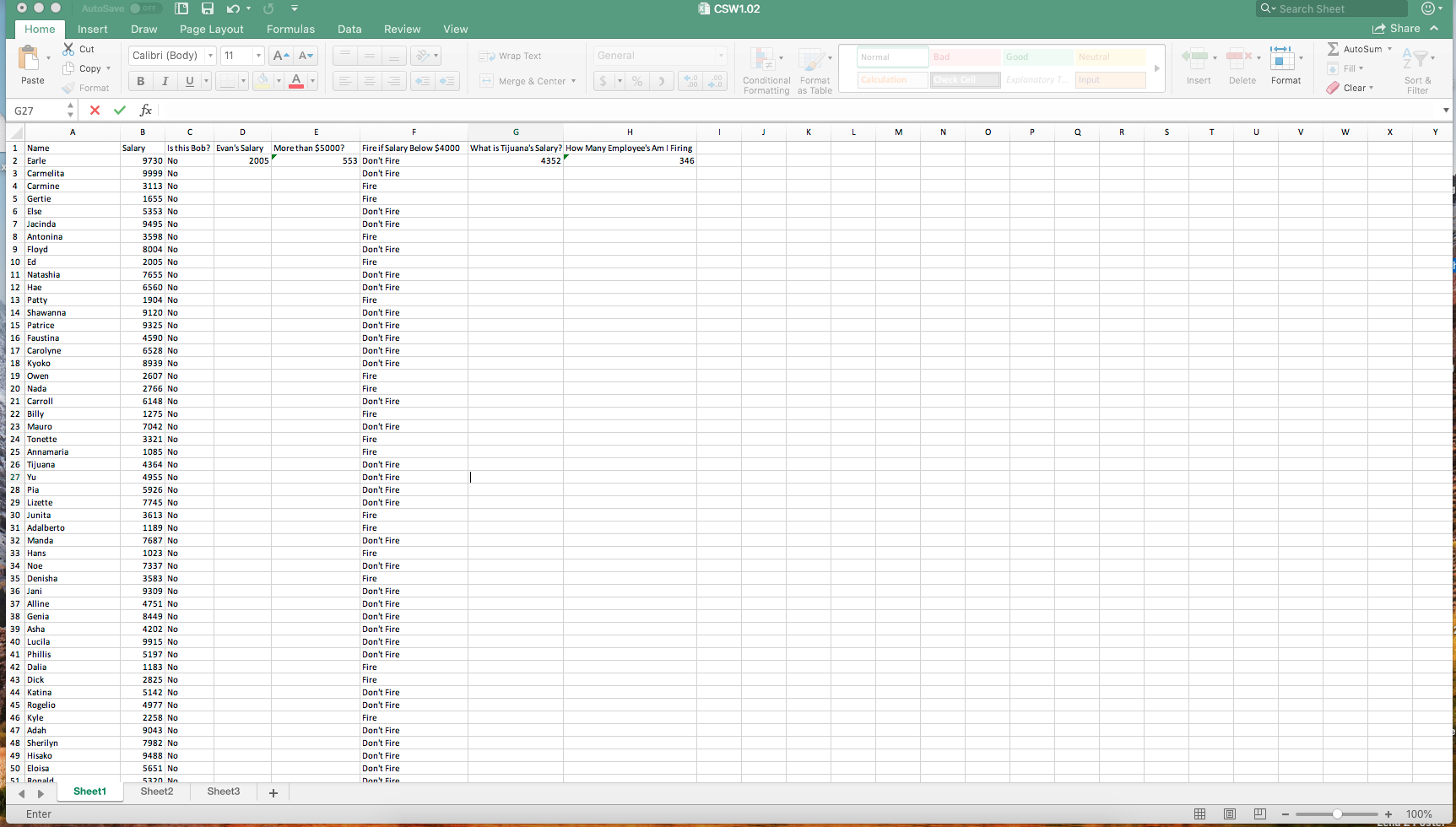Question:
Watch the video “Helping the Customer Be Right”. Relax – it’s only 4 minutes long.
Think about a time that you dealt with an argumentative client. When faced with this kind of client, do you find it difficult to help them “be right”? What’s your go-to technique for diffusing this kind of situation? Does your personality type from week 1 explain why you might react the way that you do?
Answer:
I thought I wouldn’t like this video but I really did. At first I was upset because the idea that the customer is always right, to me, incites people in the customer position to abuse their position of power over the person working. Working in retail, I’ve had a lot of customers come up to me and degrade me, something they would not have done, had I been a stranger in the streets, but because I am confined to work, I have to uphold more integrity because I am being paid to uphold the reputation of the company. A few years ago I would have found it difficult to help the customer be right, and I am being honest when I say I do still find it very difficult when the customer gets personal. For example, if a client comes to the desk frustrated that another commons worker didn’t help them or frustrated that they couldn’t connect to the WiFi, I don’t take that anger personally but when it comes to being attacked directly due to their frustrations, I have trouble not being curt. For example, if a customer refuses to get help from me because I am a girl or if I am helping someone format a word document and I get called dumb, I find it hard to deal with. But, I also do my best to maintain a professional composure. My go to technique for diffusing a situation is, rather than being friendly, which they aren’t in the mood for, I am bare bones, straight to the facts. Over the years of working with customers, I find the most positive outcome when dealing with an irate customer is to not start conversation but rather to just go, “This is how this works, here’s how to do it and here’s why”. I found that from trying to distract people from their frustration, they get more frustrated because they think I am just trying to placate them, so by me looking them in the eye and showing them what can and can’t be done, I think that customers appreciate the curt, to the point attitude, but I also subliminally let them know that they can’t bully me just because I am trying to help them.
My personality type from week 2 was a questioner, which is probably exactly why I react the way I do. Questioners meet inner expectations while resisting outer ones. While I don’t personally agree with the personality quiz because personality to me is VERY situational, I see that this personality type might fit best my reaction to irate clients.



